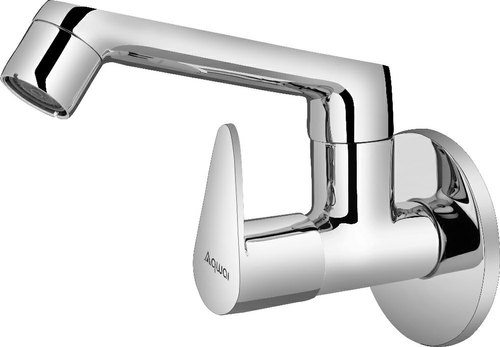Project Report For Sanitary Fitting Manufacturing
Introduction
The project report for Sanitary Fitting Manufacturing is as follows.
All components used to join sanitary tubes or pipelines are referred to as sanitary fittings. Sanitary pipe systems, in general, refer to all plumbing applications that prioritise cleanliness and sanitation. Food processing industries, pharmaceutical businesses, and other facilities that process consumable commodities use these pipe systems and accompanying fittings.
Companies that manufacture sensitive or reactive chemicals also utilise them in areas where contamination might pose a major safety concern. A sanitary fitting can link two or more pipes or tubes, or it can simply connect these pipes to material supply drums.
Project Report Sample Of
Sanitary Fitting Manufacturing
Get Completely Custom Bankable Project Report
A fitting is also required at the end of each pipe to allow users to remove fluids, gases, or food items. Valves to slow or control flow through the pipes, as well as tees or elbows to transition around pipes or join pipes at an angle, are all included in sanitary fitting components.
These fittings come in a variety of styles and combinations, but the majority of sanitary fittings are based on one of three main functioning principles. Fittings for butt welding, for example, are butted against neighbouring pipe sections and welded in place to produce a permanent connection. Bevel set units, which fit inside each pipe and are secured with a gasket, may also be included.
There are two different stainless steel alloys, 304 and 316, that are suitable for sanitary tube fittings. A combination of components, including chromium, nickel, carbon, and manganese, can be found in all stainless steel goods. The most popular alloy, 304, is utilised in many different applications because of its sturdiness, aesthetic appeal, and corrosion resistance.
Corrosion and eventual failure of this material can occur in conditions involving acidic materials, industrial solvents, or extremely concentrated salt environments. The chemical makeup of 316 stainless steel is identical to that of 304 stainless steel plus the addition of molybdenum. Common stainless steel is made more durable and able to survive harsh situations thanks to this addition.

Finally, clamp-style sanitary fittings include a simple clamping mechanism that allows the fitting to be easily removed and changed.
Stainless steel makes up the great majority of sanitary pipe systems and related sanitary fitting components. Stainless steel has a smooth, easy-to-clean surface, making it a safe and effective choice for hygienic applications.
Even when exposed to oil, chemicals, or corrosive substances, it is inherently antibacterial and will not rust or corrode. Other materials, like steel or copper, may be used in non-food sanitary fittings. In some cases, the thermoplastic pipe can be utilised to transmit water, however, it is rarely used to make sanitary fitting components.
Market Potential Of Sanitary Fitting Manufacturing
The Indian Sanitary Ware Market is anticipated to expand at a CAGR of 7.38% over the anticipated time frame. By 2029, the Indian market for sanitaryware is anticipated to grow to US$ 1245 million.
Expenses

Product Cost Breakup

Reveneue Vs Expenses

Market Trend

Sanitary ware comprises toilet sinks, washbasins, cisterns, and pedestals. Porcelain, a ceramic material, was originally used to create these objects. Metals, glass, polymers, and other materials are increasingly used to produce sanitary utensils. Ceramic sanitary goods are cost-effective, chemically resistant, and strong enough to sustain large weights.
The sanitary fitting market is growing due to factors such as an increase in building activity in emerging nations, an increase in health and hygiene concerns, and the availability of numerous raw materials. In addition, factors like as a healthy lifestyle, consumer disposable income, urbanisation, the move from unbranded to branded items, and high replacement demand have aided the global sanitary fitting market’s expansion during the projected period,.
Because of the vast supply of raw materials and low labour costs, India is becoming a sanitary fitting industrial powerhouse, with various local and international firms establishing production plants around the country.
In recent years, India’s sanitation has improved dramatically as a result of ongoing state and commercial initiatives, as well as rising living standards. The aforementioned causes have resulted in a tremendous market potential for sanitary ware tiles, bathroom fittings, washbasins, and other sanitary ware products in both the residential and commercial sectors.
Sanitary fitting is ceramic ware used for sanitary reasons in home and business facilities. Sanitary ware goods are used to preserve personal hygiene as well as the cleanliness of the environment. Sanitary goods come in a variety of sizes, styles, colours, and price ranges, with features like as abrasion resistance, corrosion resistance, and glazy surfaces, making them economical and easy for people. Sanitary goods are made out of ceramic elements such as clay, quartz, kaolinite, and others.

